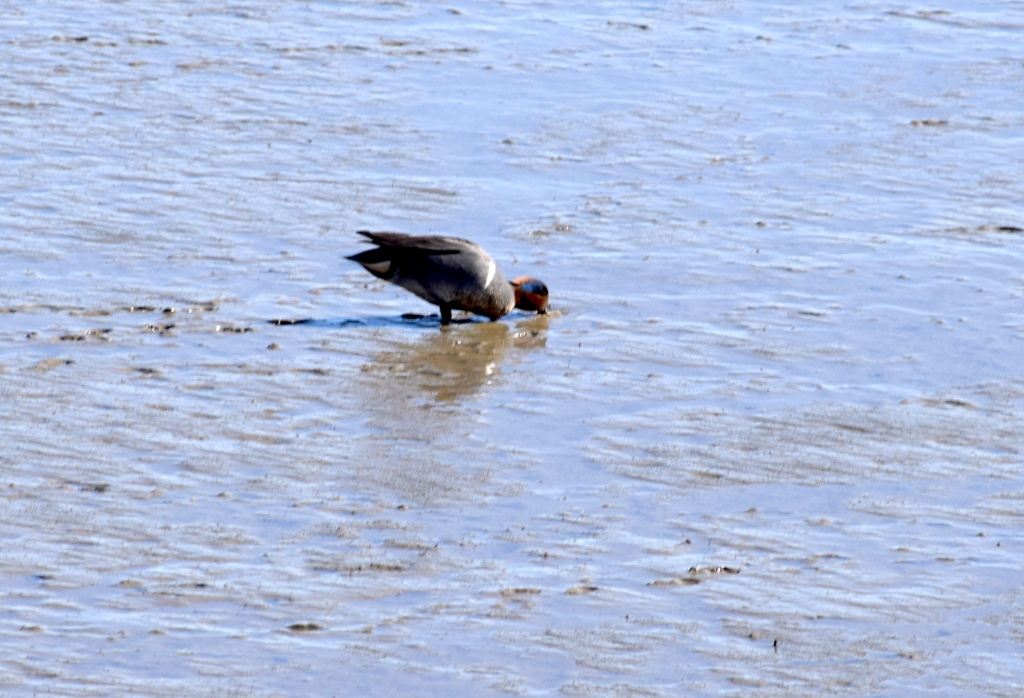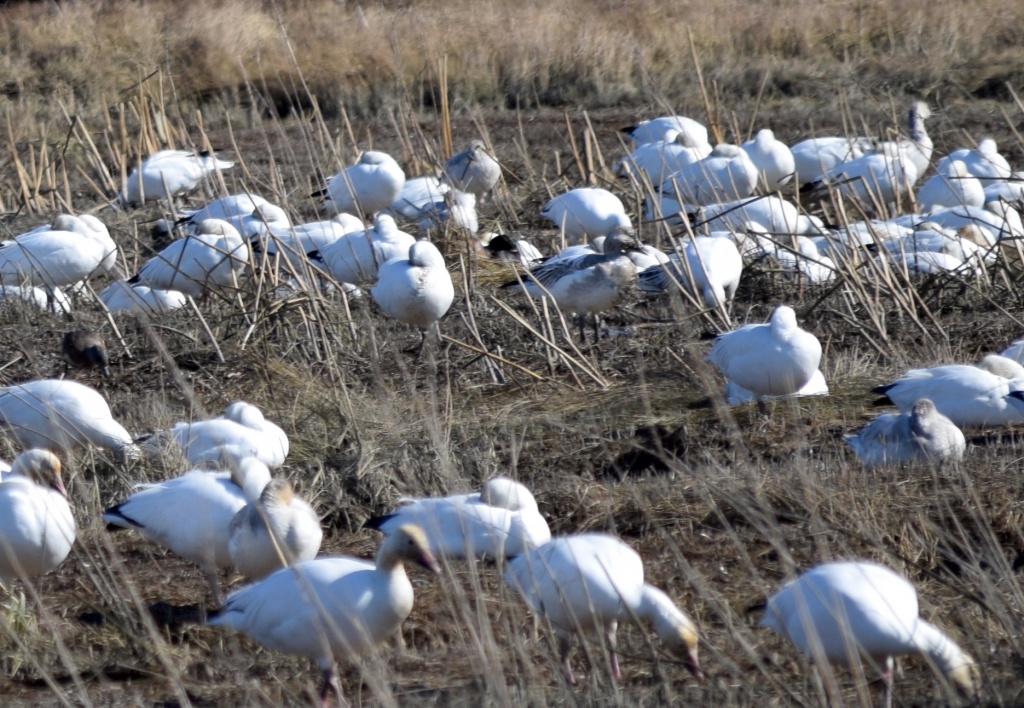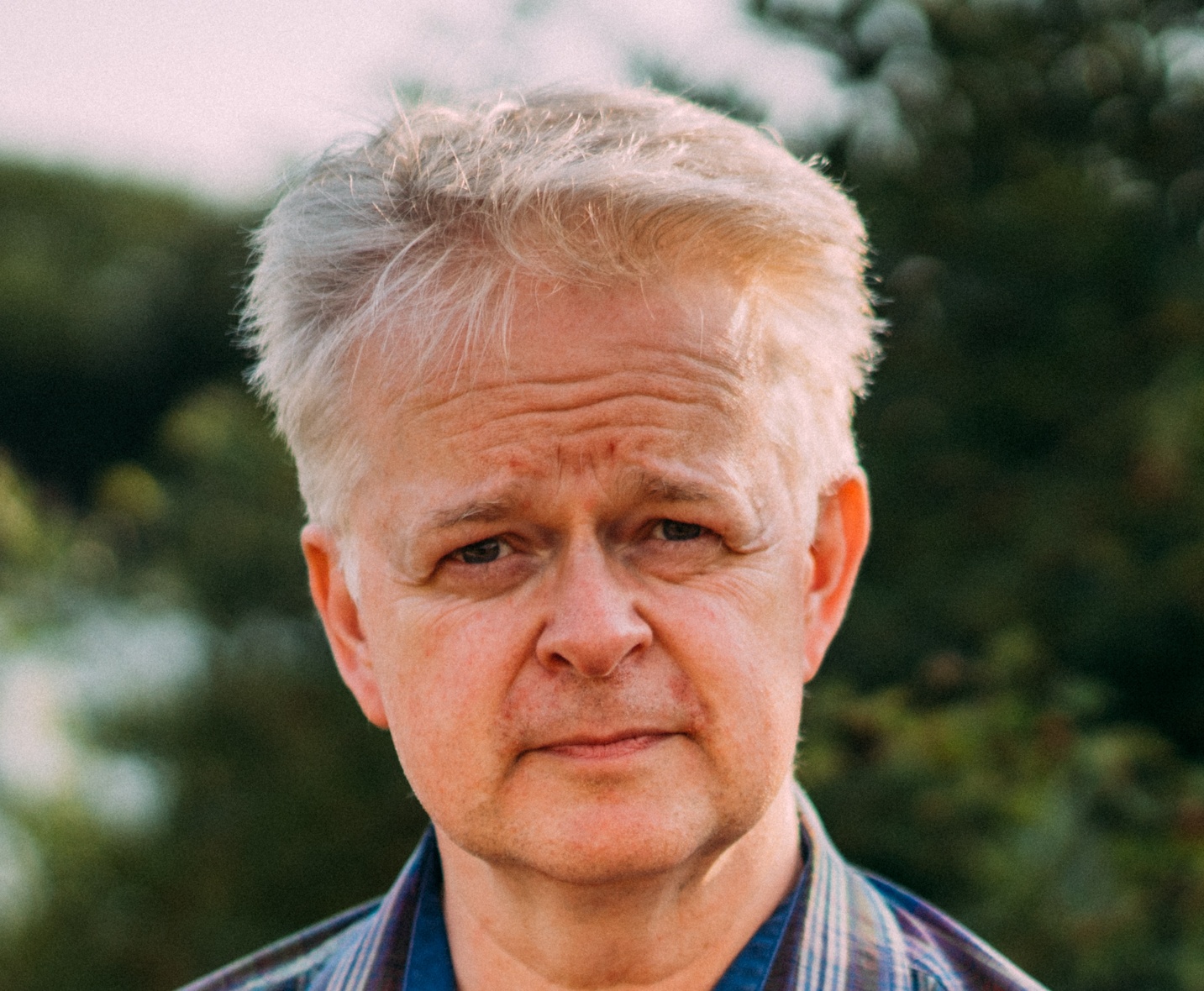It can often be said that the most remarkable of natural encounters happen in wild settings close to urban landscapes without us fully gathering their value. These ones occurred just minutes by car from Richmond.

They are “our smallest duck,” W. Earl Godfrey once wrote. This duck, a green-winged teal, which has a breeding range that spans the country, seemed to be preoccupied with digging in the marsh on this sunny winter’s day a the beach. There were about a dozen near him, males and females, with their bills permanently sunk into the mud, appearing, vaccum-cleaner-like, feeding on what they could extract from the iron-rich oozy places, leaving trails behind them. This place, like other ponds and marshes across the country, is their habitat. Much less prolific than the mallard, the teal’s a much more wide-ranging duck, with a breeding distribution that goes further into Canada’s northern territory than the common mallard. I left them to their feeding, comically plowing the mud, as I’d come to get some footage for a documentary project.
It’s February, and I was near the restored marsh habitat just to the side of the road of the Iona Beach Causeway. I had gathered several shots of the log booms sheltered in McDonald Slough, in a bay created when the causeway was built many years previous to create road access to the nearby treatment plant. As a bonus, I had captured the footage featuring two ancient piles, eroded away by time and nature, sticking up out of the water, which was so still as to create an effect of not knowing where the actual piles were and where their reflections in the water began. Turning around, aware of the time constraints I was under as it was getting close to when I needed to pick up my youngest son from school, I quickly found a log and set the tripod and camera down on it, gathering footage of two vehicles travelling the causeway. Then, folding up the tripod, I scooted across the road to the west shore facing the Salish Sea. Dodging some brush and stepping over several logs, I set down on one of them, determined to get my shot of the open sea. Before me was a flock of geese, congregating in the low-lying marsh. But I wasn’t interested in them at that moment; I wanted my romantic shot across the sea, focusing on the cargo ship plying the waters and the distant mountains of Vancouver Island.
As I began recording, something spooked the flock of Lesser Snow Geese. At first, as I was rolling I was slightly annoyed as I thought they may take off and get in the way of my pre-determined shot. They alighted, and the sky was soon covered by an almost incomprehensibly vast flock of snow geese in flight, all honking at random. I was soon fascinated by this demonstration of strength in numbers. The flock may have been a cacophony of noise, but they flew in precision together, creating a sense of common purpose, of collectivity. I could see why the Lesser Snow Geese were now considered some of the most numerous birds anywhere on North America. In order to get here, these birds had winged their way five thousand kilometres from Wrangel Island, just north of Siberia. I had caught them, in early February, in their visit to the Fraser estuary before leaving in the next couple of months for Wrangel Island once again….

